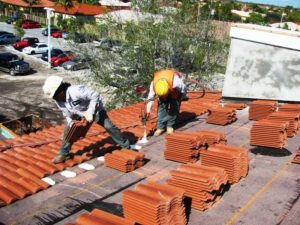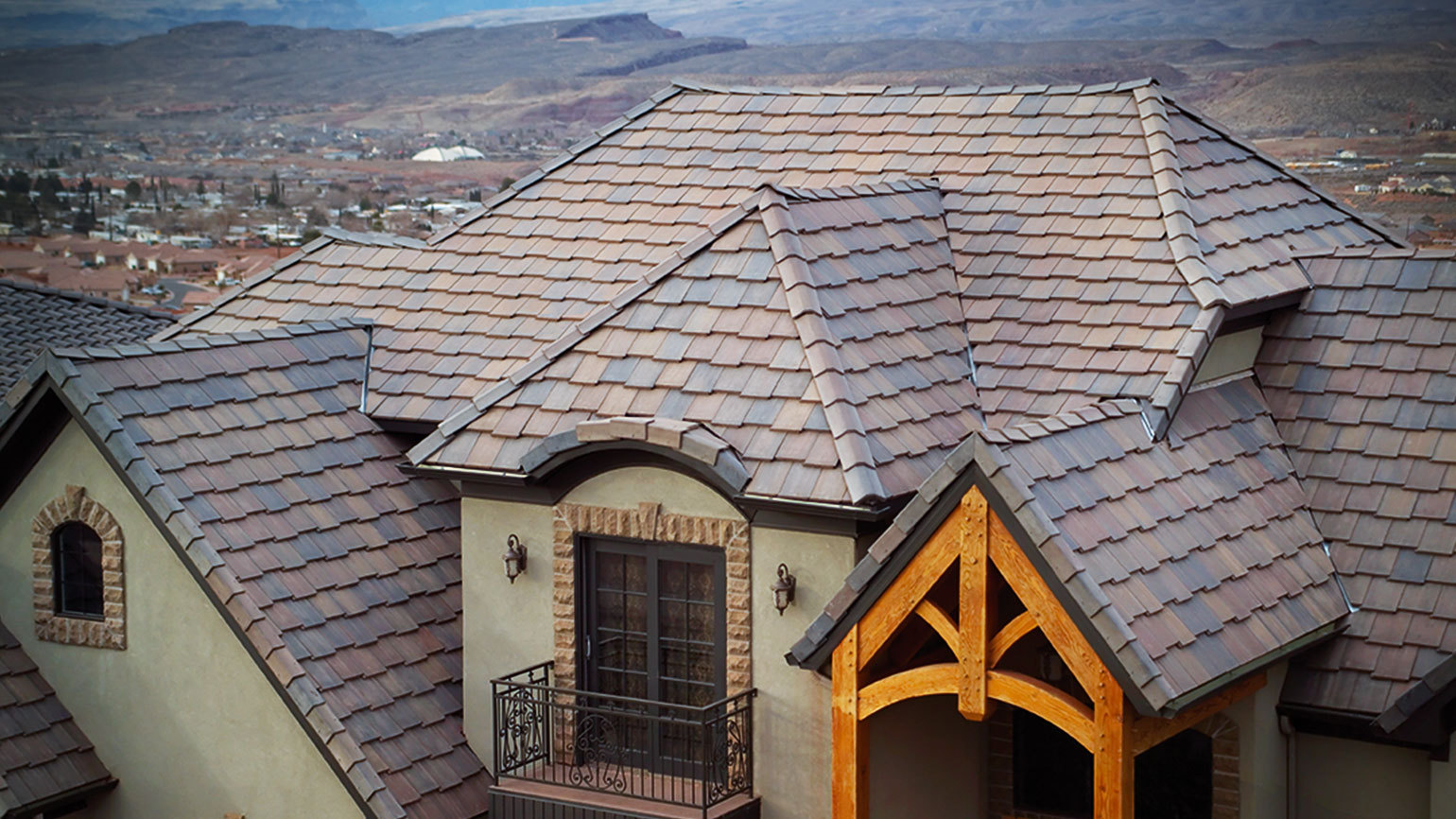Have you ever wondered what types of questions people “Ask a TRI Expert“? This series, brought to you by the Tile Roofing Institute, allows anyone to ask anything about tile roofing installation, maintenance, etc. The Tile Roofing Institute (TRI) is a non-profit association of producers and associates of concrete and clay tile and is considered one of the leading experts in the industry. Here’s a recent question from a homeowner repairing their concrete tile roof, and the response from TRI President and Technical Director, Rick Olson.
Question:
“Recently during Hurricane Matthew a few of my Spanish style concrete tiles were damaged, cracked with some pieces missing. When the roofer showed up to repair the roof I was told that the tiles were only cosmetic and the real roof protection is underneath. I’m sure water gets under the tiles but I would think that most of the protection is from the tiles-70% or more. What is the truth about these roof tiles?”
Response:
“Historically (early 1900’s-1960) tiles that were installed were generally handmade or from home style manufacturing machines. With the low roof pitches in Florida, the wind driven rain could be allowed to enter the roof system, so the concept of a fully sealed roof system was used. 30-pound roofing felt was installed and a hot mopped 90 lb. cap sheet was applied. The tiles were then installed to prevent the UV from breaking down the underlayment.
Fast forward to the tiles made after about 1965. They were manufactured with newer high speed machines utilizing European technology that made a very dense tile that would prevent water intrusion through the tile (permeability) and allow tiles to become the primary water shedding component. In Europe, they were actually installed for centuries without any roof sheathing or underlayment, until recently.
The use of the sealed underlayment under the tile in Florida has continued over time because it provides a very good secondary barrier in the event there is either wind driven rain, or damage to the tiles during an event.
In summary, you are correct in your thoughts, but the stories passed down to roofing contractors carries the old thought from when tiles were not made to the newer standards. That said, there are still imported tiles that may not meet the requirements for permeability. All of the producing members of TRI will meet the criteria. If consumers choose to use an imported tile, we caution them to read and ask if the imported tiles will perform as the code requires.”
If you have any questions regarding concrete tile or installation, the Tile Roofing Institute’s website, www.tileroofing.org, is a great resource. TRI also offers installation certification courses throughout the United States, so be sure to check their course schedule to register for one in your area!
Please feel free to contact your local Eagle Account Representative with questions or visit our website at www.eagleroofing.eagl.staging.findsomewinmore.com.
